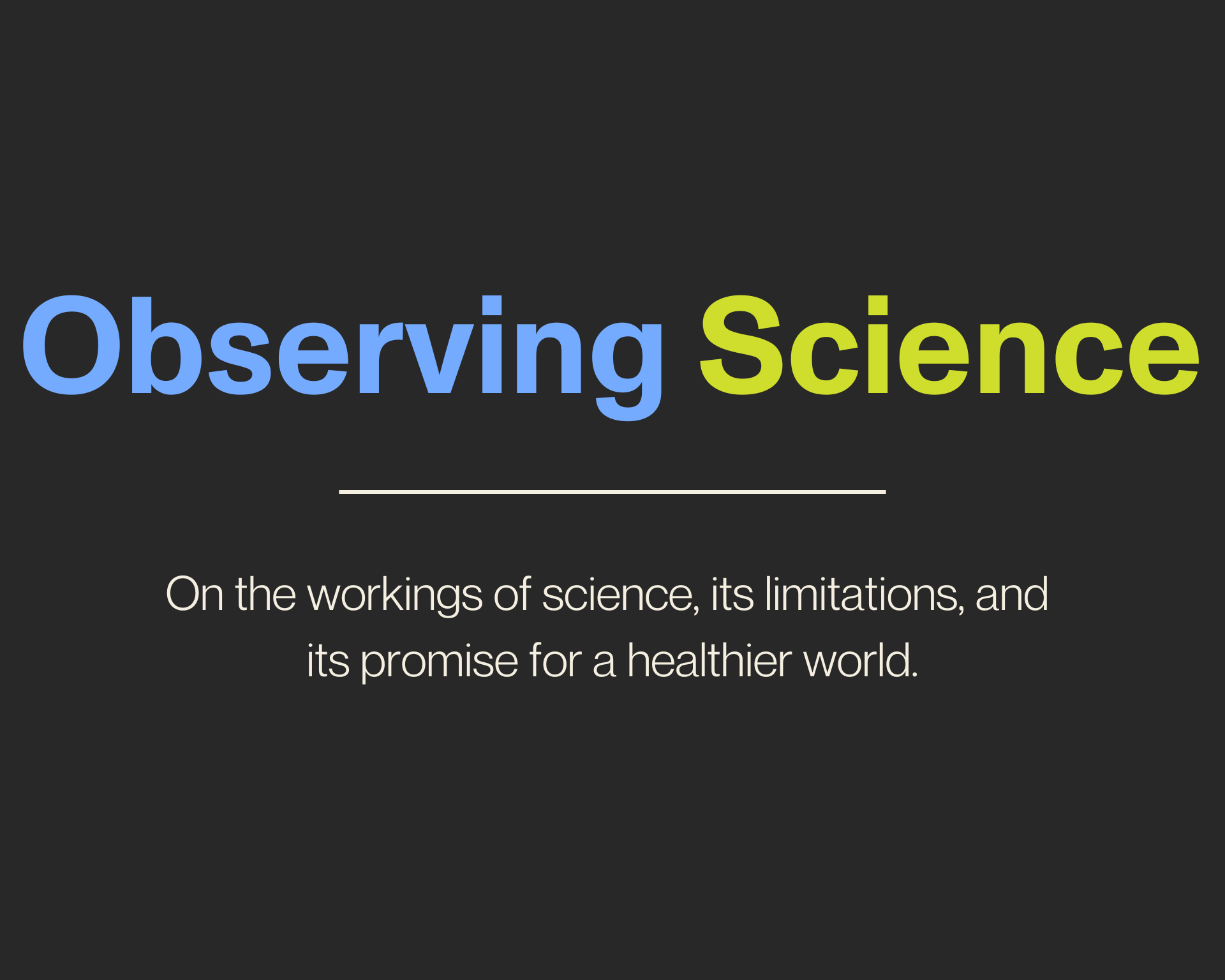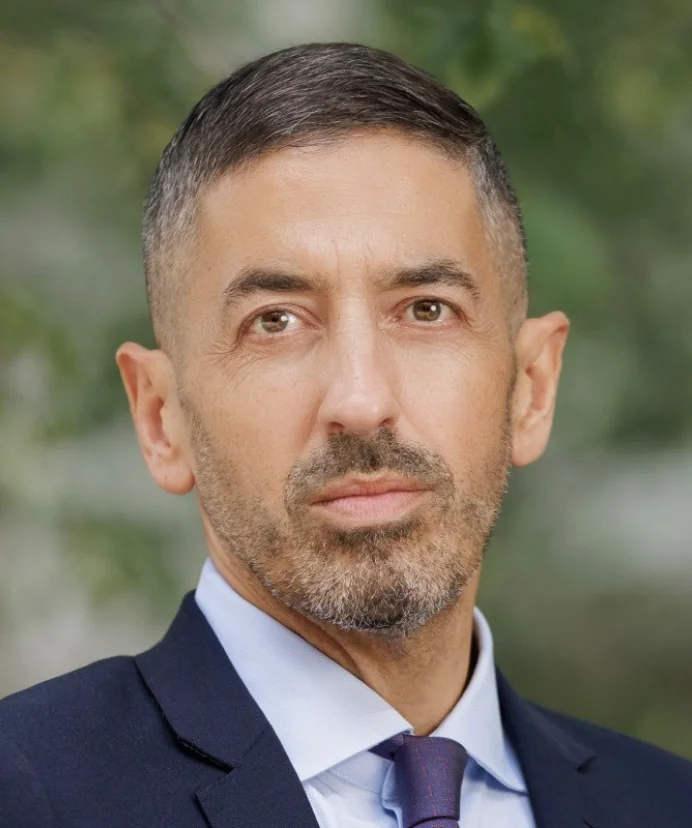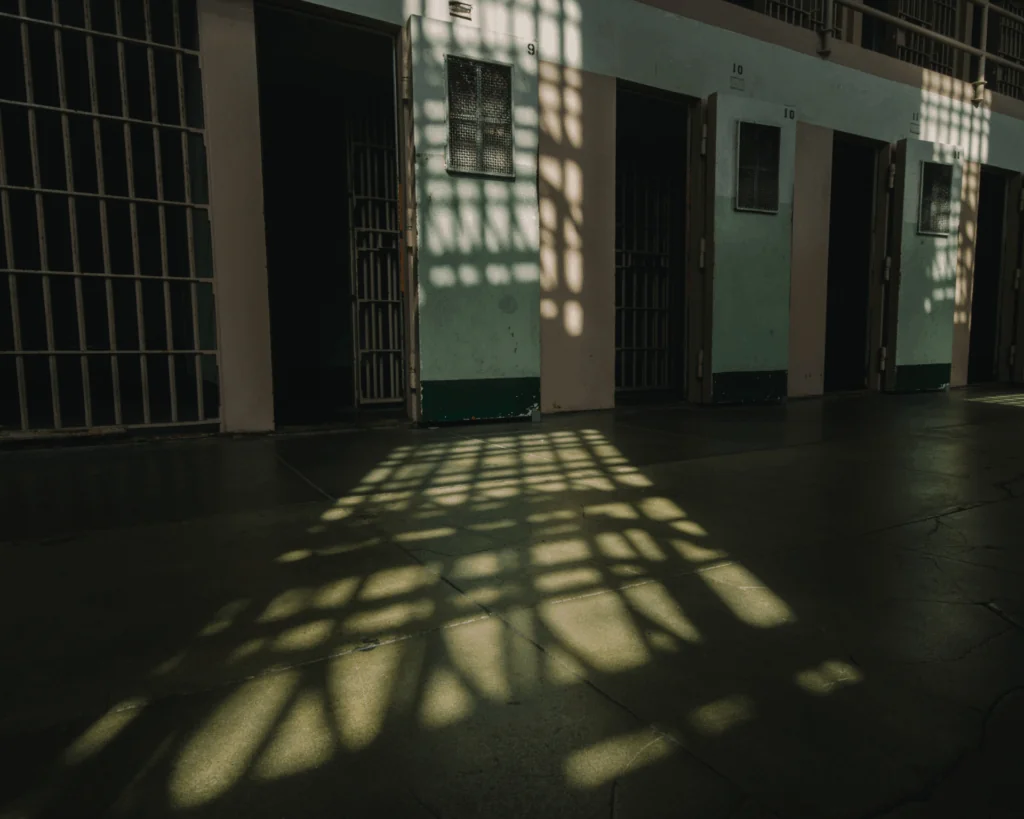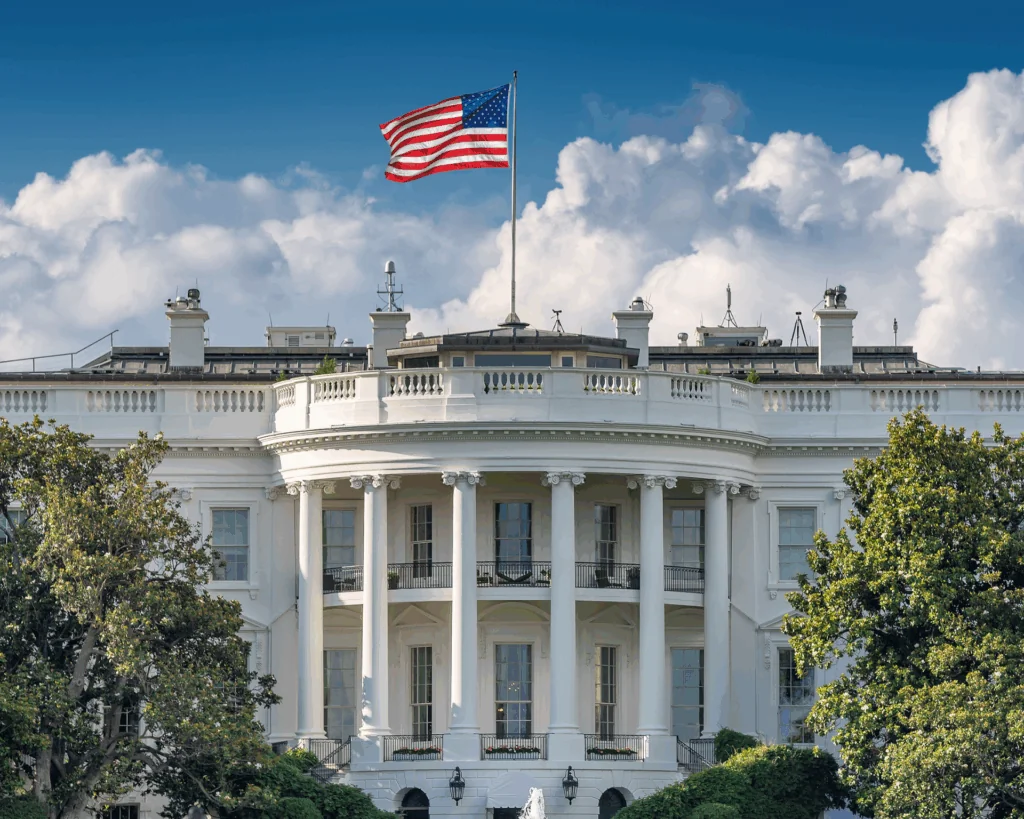Challenging the Challenges to Science
On misinformation and its significant (and growing) threat to the efficacy and utility of science.

Read Time: 4 minutes
Published:
The 2024 election has made clear that public health will need to continue its outreach, its defense of important health values, and its ongoing commitment to translating science fairly, humbly, and without partisanship. Not only engaging in conversations, but also trying to influence them is now, more than ever, part of our mission. Given this, we are re-sharing a recent essay on combatting misinformation and restoring trust in science.
In his 1997 book “The Art of the Comeback,” then future President Donald J. Trump said that asbestos was “100% safe” and “got a bad rap.” The science on asbestos as a risk factor for a broad range of cancers has long been settled, with little meaningful dispute about the product’s harms. But Trump’s book, which was a bestseller, had reach, and was part of an effort to sow doubt about a product that seemed to have inconvenienced his efforts in construction projects.
The world is by now accustomed to Trump’s promotion of—at best dubious—claims about particular commercial products. This includes, more recently, his claims about the efficacy of ivermectin during the COVID-19 pandemic, which were in sharp contrast with what the science tells us.
While Donald Trump may be a particularly egregious promoter of what we have come to call misinformation to advance his ends, he is, by no means alone. Casting doubt on the work of science is not new, and over the past many decades, a number of issues that have been contentious in the public arena have been subject to systematic efforts at misinformation aimed at sowing doubt. Tobacco companies have been particularly egregious in efforts to change the public narrative, casting doubt on the work of science. Similar efforts have been deployed by fossil-fuel companies to cast doubt on the science of climate change.
Unfortunately, these efforts continue because they work. Trump’s promoting of ivermectin was accompanied by dramatic increases in purchases of medicinal substitutes. Misinformation about the implications of climate change has manufactured scientific contention that contributes to ongoing political debate about efforts at mitigating the consequences of climate change. This all poses a significant—and growing—threat to the efficacy and utility of science.
Misinformation has now become an inherent social condition that we must constantly adjust to and monitor.
This misinformation poses such a threat to science because of the very nature of public communication and of science, itself. Well-funded or influential figures have access to megaphones that are not accessible to scientists, making it relatively easy to challenge scientific consensus and sway the public. By contrast, the work of science is generally not conducted in public, and scientists speak largely to one another through journals and academic fora. While the past decade has seen a flourishing of efforts to translate scientific findings that emerge from academic institutions, these efforts remain quite small compared to the potential that large, well-funded actors with a vested interest in their own version of evidence, can wield. This is particularly the case in recent years with the rise of sophisticated approaches to spread misinformation on social media.
Beyond the denial of scientific evidence, there are threats to scientists themselves. Climate scientists have endured attacks on their reputation, personal insults, and online harassment. This pushback undermines what these scientists know. During the COVID-19 pandemic, there were times when the statement of facts seemed hazardous to one’s career.
Where does that leave science? While the issue of manufacturing doubt about science has long been established, the increasing challenge that science faces, coupled with the growing mistrust in science, suggests that science—and the country at large—needs a redoubling of efforts at translation, and in particular to engage translation in a way that can keep up with, and stay ahead of, the contemporary challenges faced by science. As they have always done, scientists will continue to lecture, publish, assist with amicus briefs, build advocacy organizations, sit on commissions and advisory boards, testify before congressional committees, and provide information to legislators that can appear in bills and regulations.
But, the increasing levels of oppositional misinformation will require a serious commitment to thinking about new ways to communicate science, a rethinking of the role of academic institutions in creating pathways for translation, and a consideration of how we can move beyond a passive approach to the spread of good science, to a more active one. Misinformation has now become an inherent social condition that we must constantly adjust to and monitor. Given how long misinformation has threatened science, and the increasingly overt race between reliable and unreliable information, a leaning into more effective ways to translate the work of science will be welcome indeed.
Previously in Observing Science: The Political Uses of Science




